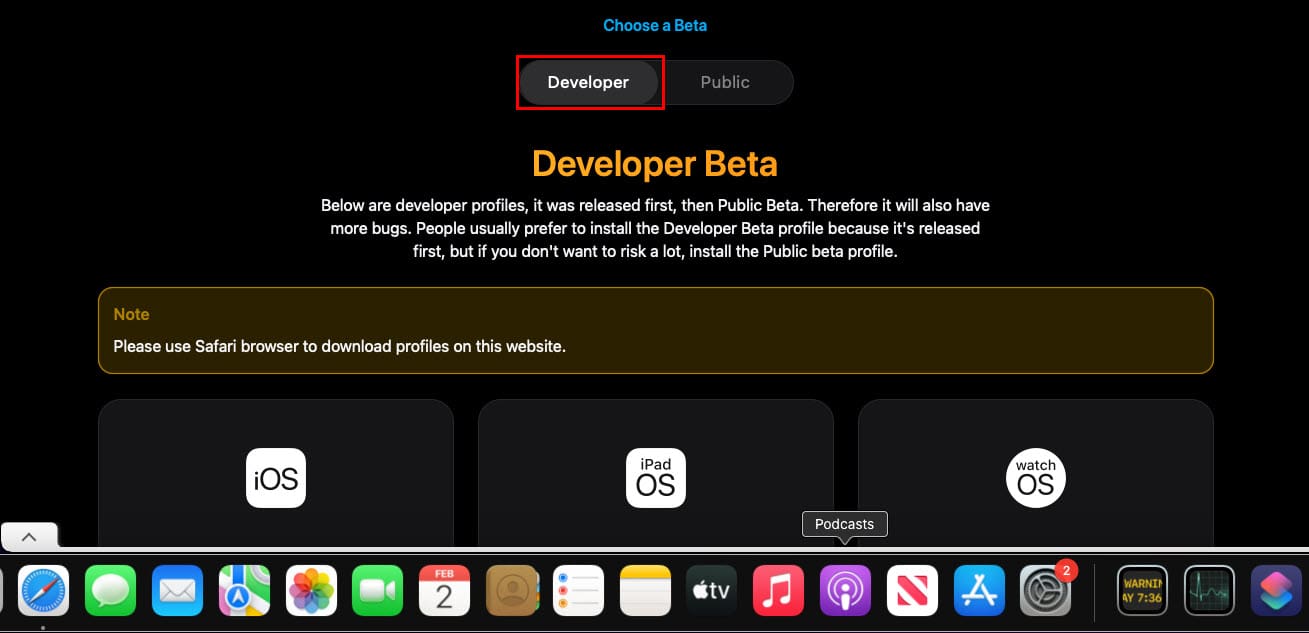Overview of Beta Profiles

Beta profiles are a powerful tool for understanding and predicting the behavior of complex systems. They are used in a wide variety of industries, including finance, healthcare, and manufacturing.
Beta profiles are based on the concept of the beta distribution, which is a probability distribution that is used to model the probability of a success in a sequence of independent experiments.
Types of Beta Profiles
There are two main types of beta profiles: discrete and continuous. Discrete beta profiles are used to model the probability of a success in a sequence of independent experiments that have a finite number of possible outcomes. Continuous beta profiles are used to model the probability of a success in a sequence of independent experiments that have an infinite number of possible outcomes.
Applications of Beta Profiles
Beta profiles are used in a wide variety of applications, including:
- Finance: Beta profiles are used to model the probability of a stock returning a certain amount of money.
- Healthcare: Beta profiles are used to model the probability of a patient recovering from a certain illness.
- Manufacturing: Beta profiles are used to model the probability of a product meeting certain quality standards.
Creation and Management of Beta Profiles
Beta profiles are essential for managing beta testers and ensuring a smooth beta testing process. Creating and managing beta profiles involves defining user roles, permissions, and access levels, as well as tracking tester activity and feedback.
To create a beta profile, you need to provide basic information such as the tester’s name, email address, and role. You can also specify custom permissions and access levels based on the tester’s responsibilities and the scope of the beta test.
Best Practices for Designing and Structuring Beta Profiles
When designing and structuring beta profiles, it’s important to consider the following best practices:
- Define clear roles and permissions: Assign specific roles to testers based on their responsibilities and the level of access they need to the beta software.
- Use a centralized platform: Manage all beta profiles in a central location to ensure consistency and ease of management.
- Track tester activity: Monitor tester activity to identify any issues or areas for improvement in the beta testing process.
- Gather feedback and iterate: Collect feedback from testers and use it to improve the beta software and the beta testing process itself.
Tools and Resources for Beta Profile Management
There are several tools and resources available to help you create and manage beta profiles. These tools can automate tasks, provide insights into tester activity, and improve the overall efficiency of the beta testing process.
- Beta management platforms: These platforms provide a centralized location for managing beta profiles, tracking tester activity, and distributing beta software.
- User management tools: These tools help you create and manage user accounts, including beta tester profiles, and assign roles and permissions.
- Analytics tools: These tools provide insights into tester activity, such as the number of bugs reported, the frequency of usage, and the overall satisfaction with the beta software.
Analysis and Utilization of Beta Profiles

Beta profiles provide a rich source of data that can be analyzed to extract insights and identify trends. By examining the patterns and relationships within beta profiles, organizations can gain a deeper understanding of their customers’ preferences, behaviors, and needs.
One of the most common methods for analyzing beta profiles is to use descriptive statistics. This can help organizations to identify the average, median, and mode of various metrics, such as customer satisfaction, engagement, and churn. By comparing these metrics across different segments of the customer base, organizations can identify areas for improvement and develop targeted marketing and product development strategies.
Techniques for Utilizing Beta Profiles
There are a number of techniques that can be used to utilize beta profiles to improve decision-making and optimize processes. These techniques include:
- Segmentation: Beta profiles can be used to segment customers into different groups based on their demographics, psychographics, and behaviors. This information can then be used to develop targeted marketing and product development strategies.
- Predictive analytics: Beta profiles can be used to develop predictive models that can identify customers who are at risk of churn or who are likely to purchase a particular product or service. This information can then be used to develop targeted marketing and retention campaigns.
- Optimization: Beta profiles can be used to optimize marketing and product development processes. By understanding the preferences and needs of their customers, organizations can develop more effective marketing campaigns and products that are more likely to meet customer needs.
Limitations and Ethical Considerations
While beta profiles can be a valuable tool for organizations, there are also some limitations and ethical considerations that should be taken into account. These include:
- Data privacy: Beta profiles contain personal information about customers, so it is important to ensure that this data is collected and used in a responsible and ethical manner.
- Bias: Beta profiles can be biased towards certain groups of customers, such as those who are more active on social media or who are more likely to provide feedback. This can lead to organizations making decisions that are not representative of their entire customer base.
- Security: Beta profiles contain sensitive information, so it is important to ensure that this data is stored and protected securely.